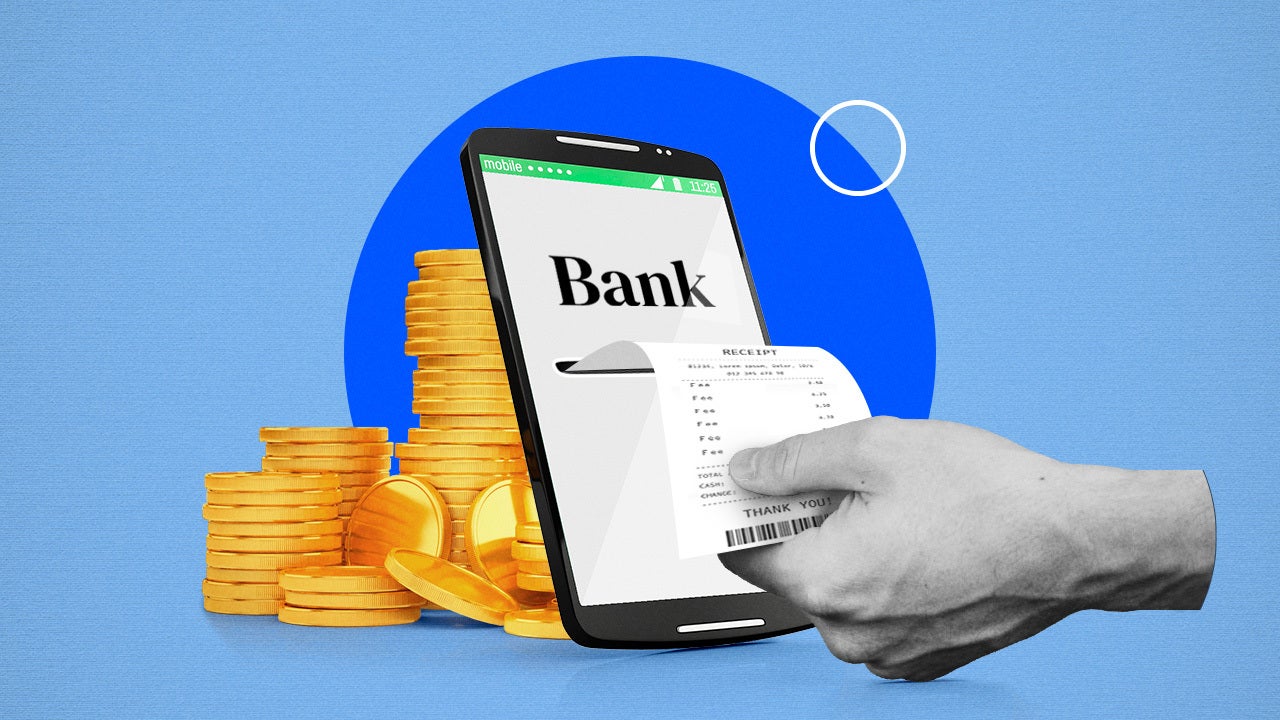Survey: Only 11% of U.S. homeowners will use loans to cover home improvement projects

Due to the COVID-19 crisis, more and more homeowners are flocking to home improvement stores to finally complete that project they’ve been thinking about. While these projects can be exciting and refreshing, how you’ll pay for them can be one of the most important aspects of a home improvement upgrade.
Bankrate surveyed 1,271 homeowners about their home improvement projects and how they have funded or plan to fund them. Read on to learn more about the findings from the survey.
Key takeaways
- Many U.S. homeowners have planned a major home upgrade or renovation between the start of the coronavirus pandemic and the end of 2020.
- Most homeowners (57 percent) will pay for their project with a credit card.
- Only 11 percent of those surveyed reported that they plan to use a loan to fund their major renovation.
- Personal loans and home equity loans are typically less expensive ways to pay for renovations than credit cards.
Homeowners are taking advantage of coronavirus lockdowns to make home renovations
Many homeowners have been taking advantage of the newfound time at home since coronavirus lockdowns began in March by conducting home improvements and updates. Forty-seven percent of respondents have made some type of home improvement or renovation since March 2020. Between now and the end of the year, the home renovations and projects don’t seem to be slowing down, with 48 percent of U.S. homeowners planning to execute a home improvement project or purchase that costs $500 or more.
How homeowners are funding large-scale home improvement projects
According to Bankrate’s survey, most homeowners have either used — or are planning to use — a credit card to fund their home improvement projects. Of the participants surveyed, 37 percent said that they plan to pay off the credit card balance in full, and 20 percent said that their payment of choice was a credit card financed over time.
Only 5 percent of U.S. homeowners surveyed said that they’d take out a personal loan to fund their project, 6 percent said that they plan to take out a home equity loan or refinance their mortgage and 8 percent said that they’re planning on using a store financing option. Personal loans and home equity loans can be a much less expensive way to pay for those home improvements, given their low interest rates in comparison to credit cards.
Alternatives to credit cards for home improvement projects
Credit cards can be beneficial tools to finance smaller home projects, especially if your card has a 0 percent APR introductory period. However, when it comes to larger-scale home upgrades or renovations, credit cards have the potential to rack up serious debt. Since credit cards tend to have higher interest rates than loans, if you don’t have the ability to pay off the balance immediately, you could be left with a hefty balance.
“We urge card users to pay off their balance immediately to avoid potentially expensive interest costs,” says Mark Hamrick, Bankrate’s senior economic analyst. “Some people might be tempted to use a credit card for work on their home because they lack sufficient savings in the first place. I’d urge people in this group to give the matter further consideration if the cost of renovation will make it additionally difficult to save money.”
Instead of using a credit card, you may want to consider a personal loan, HELOC or home equity loan, which come with more competitive interest rates and unique advantages for home renovations.
The benefits of personal loans for home improvements
When it comes to taking out a loan for a home upgrade or renovation, a personal loan can be a great way to finance a mid-sized project. “A personal loan, on average, will get you a better rate than a credit card,” says Ted Rossman, industry analyst at Bankrate. “Personal loans are attractive from an interest standpoint and they are quick — you could get the funds in as little as two hours.” The only drawback is that personal loans have recently become harder to qualify for, so “you should definitely know your credit score going in. You’ll want to know your odds of getting approved,” says Rossman.
The benefits of HELOCs for home improvements
If you’re planning a lengthy or ongoing home improvement, a home equity line of credit (HELOC) could be a great way to finance that project. A HELOC gives you a credit line that you can borrow from as needed. Plus, while HELOCs and credit cards have their similarities, HELOCs tend to offer lower rates. “A HELOC has many benefits in terms of tapping into existing equity, and paying a much lower rate than you would with a credit card,” says Rossman. There’s also another upside to using a HELOC: If used strictly for home renovations, your HELOC may be tax deductible.
The major downside to borrowing a HELOC is that you put your home as collateral, so if you fail to make the monthly payments on time, you run the risk of losing your home. Rossman says that HELOCs have also gotten a bit harder to qualify for, but they’re still worth considering.
The benefits of home equity loans for home improvements
A home equity loan can be a useful alternative to a HELOC for home renovations, especially if you know exactly how much money you’ll need upfront, since the funds are disbursed in a lump sum. A major benefit of a home equity loan is that, unlike with credit cards and HELOCs, the interest rate is fixed, so you’ll pay the same interest rate for the entirety of the loan.
Much like a HELOC, you put your home up as collateral, so you also run the risk of losing your home if you fail to make the payments. Overall, home equity loans may be better if you have an upgrade or project that will require you to borrow a lump sum upfront.
Methodology
This study was conducted for Bankrate via online interview by YouGov. Interviews were conducted from Aug. 12 to Aug. 14, 2020, among a sample of 1,271 adults. Data are weighted and are intended to be representative of all U.S. homeowners, and therefore are subject to statistical errors typically associated with sample-based information.






